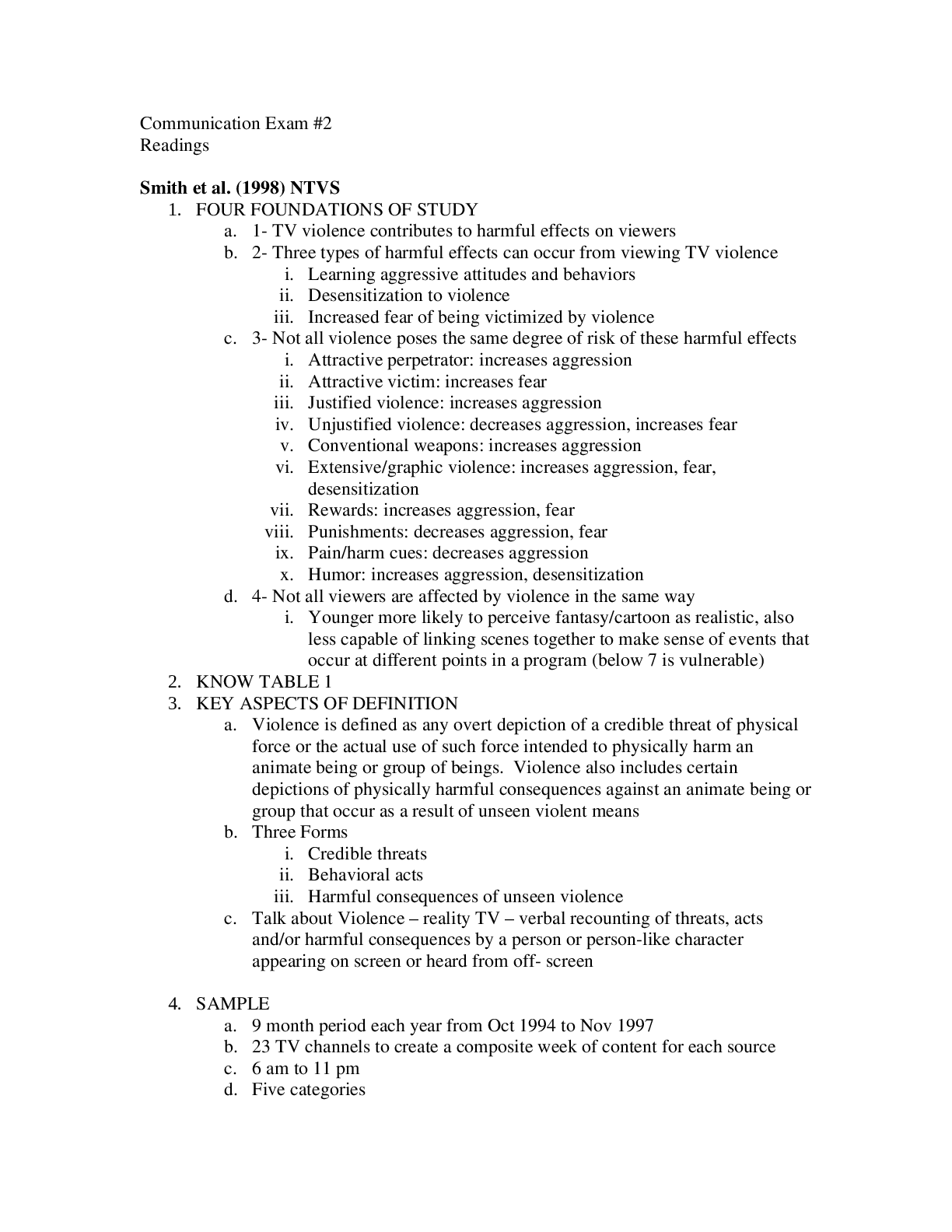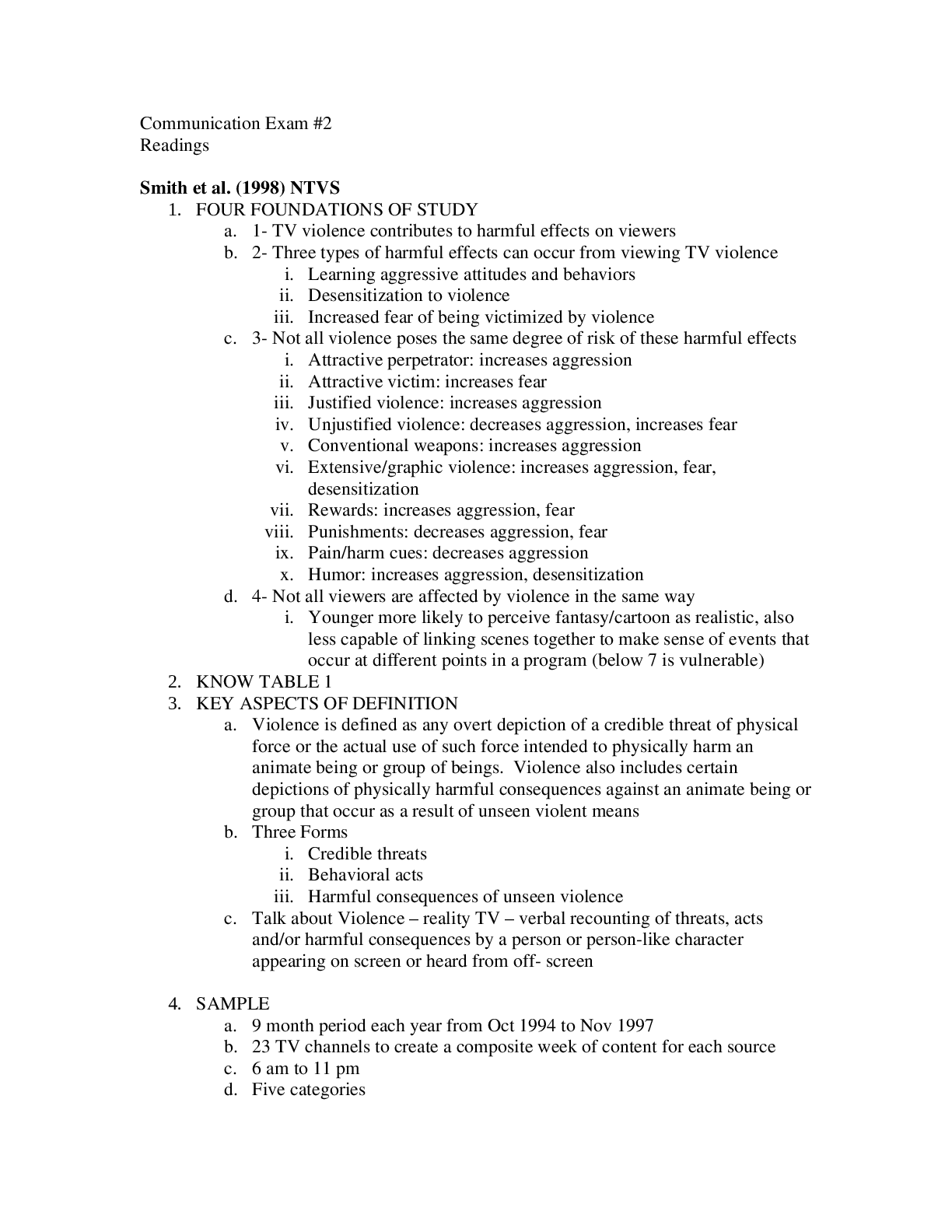Communication Review Exam #2 Reading
Course
Foreign Languages
Subject
Chemistry
Category
Exam
Pages
17
Uploaded By
ATIPROS
Preview 4 out of 17 Pages


Download all 17 pages for $ 9.50
Reviews (0)
$9.50
